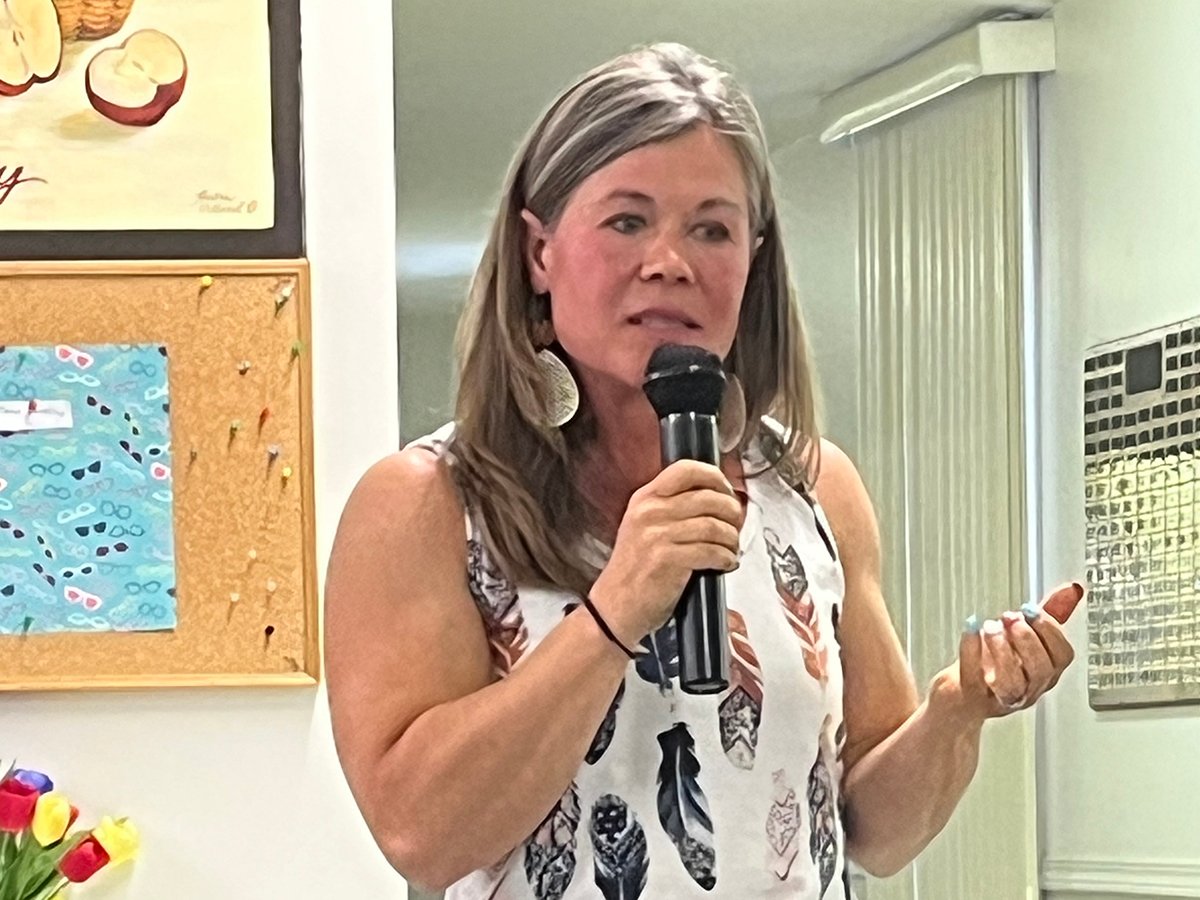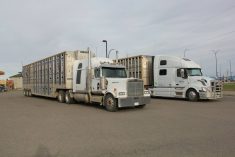CLAY CENTER, Neb. — One hair plucked from a bull’s tail can reveal valuable qualities for cattle producers hoping to take the guess work out of genetic progress in their herds.
Scientists are already examining DNA samples to identify parentage, trace genetic defects and determine hair colour or whether the animals are horned.
However, predicting complex qualities such as growth, feed efficiency and disease resistance has been slower to develop.
Scientists from the U.S. Department of Agriculture’s Meat Animal Research Center at Clay Center, Nebraska, are collaborating with university researchers and ranchers to make DNA technology more practical.
Read Also

Petition launched over grazing lease controversy
Battle continues between the need for generation of tax revenue from irrigation and the preservation of native grasslands in southern Alberta rural municipality.
“We know this technology is not a silver bullet in the context of explaining the genetic variations, but we can use it to describe how much of the variation we can actually explain,” said Matt Spangler, a researcher involved in a series of genomic projects.
Some of the results were presented at a seminar at the Clay Center facility in mid-June.
Large populations of cattle are needed to assess these traits and determine how likely a bull might be able to pass them on to offspring.
While many breeders rely on expected progeny differences to predict genetic outcomes, the real value in DNA tests is knowing what a young sire might pass on to his offspring. However, proven sires should be
genotyped so the information is on file for later comparisons.
This new information provides a molecular breeding value as well as expected progeny differences, but the two may not always agree. A multiple trait indexing system may eventually be developed to make the information more understandable.
“This information is generally presented to bull buyers in a disjointed fashion,” Spangler said.
“Genomic information has the potential to increase the accuracy of EPDs and that increase in accuracy is proportional to the amount of variations those tests explain.”
Breed associations are starting to collect this information.
Seven of the largest breeds in the United States are participating in a national program to build a genetic database of the 2,000 most popular sires.
The American Angus Association is building a database for marbling, ribeye size, fat deposition, carcass weight and birth, weaning and yearling weights based on a commercial genetic testing system.
A mathematical formula is used to explain genetic variations.
Alison Van Eenennaam of the University of California, Davis is working with commercial producers in northern California on a four year project to assess the genetic correlation between DNA test results and target traits based on ranch genetic evaluations of 125 Angus herd bulls.
“In order for this to pencil there has to be multiple applications coming from that single sample of DNA,” she said.
The researchers started collecting DNA from calves on ranches in 2009 and followed the steers and cull heifers through to meat processing.
These kinds of tests are also useful to match bulls to calves when ranchers use multiple sires in a pasture.
The work shows producers which bulls actually impregnated cows, when it happened and which ones produced the best calves.
One bull may settle many cows but produce average calves, while another may mate with fewer but throw superior animals.
Researchers found one bull sired 45 calves in a 30 day period while another produced only two in an entire season.
However, the results are already showing variation year by year, which could be the result of one bull being more dominant than the others.
They are also calculating the gross income from the resulting calves and have found that quality variation creates a significant discrepancy in money each bull earns.















